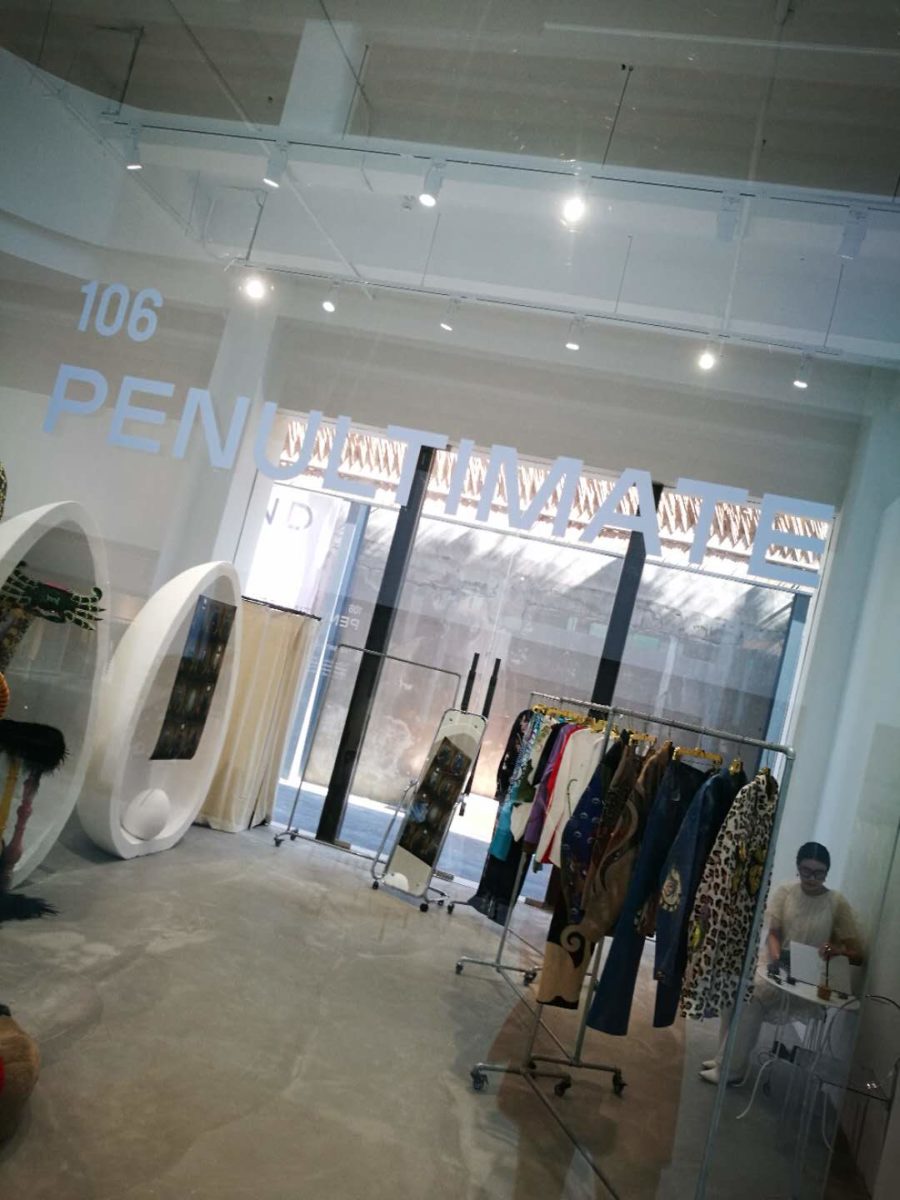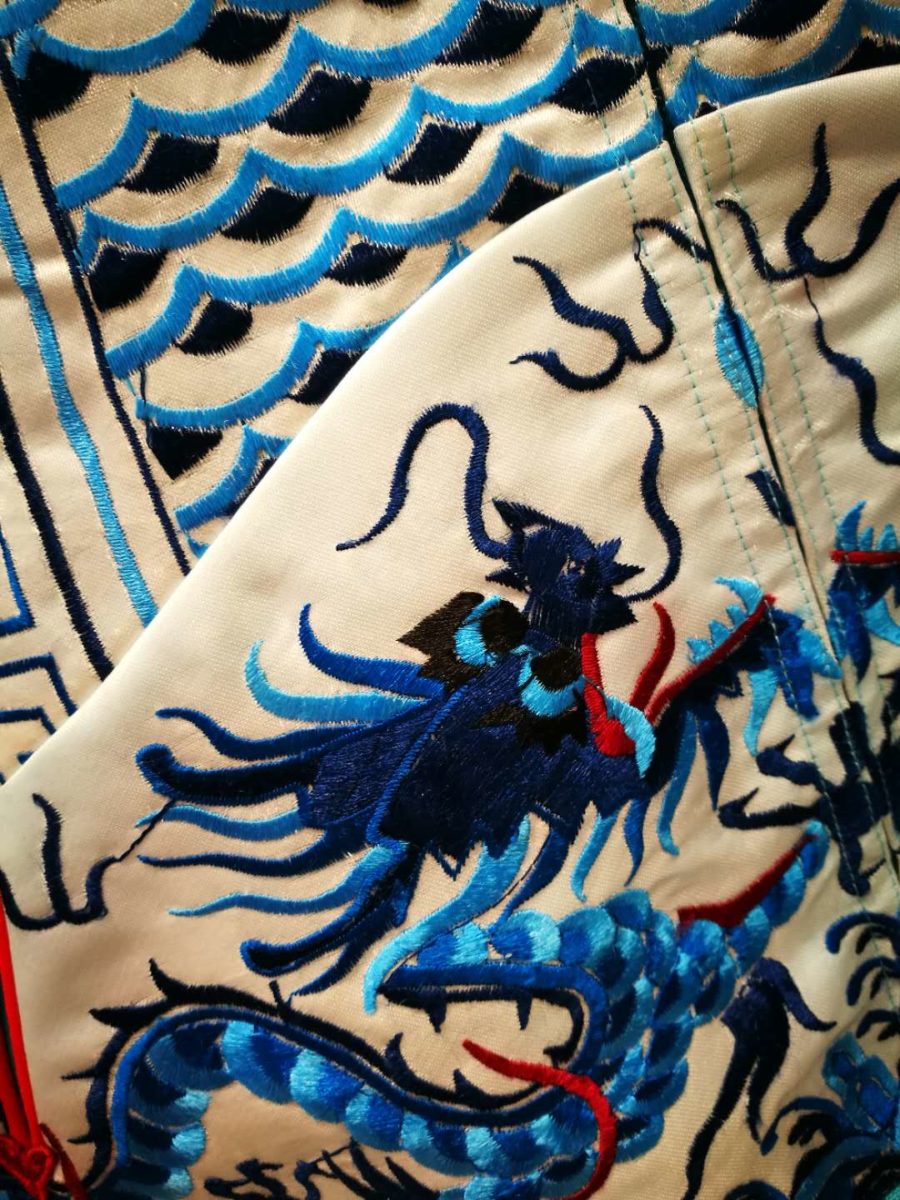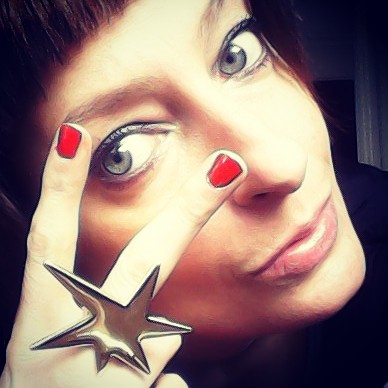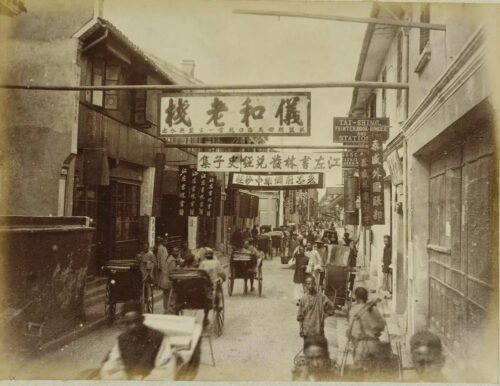Shanghai Fashion Week 2020: What to watch for
Shanghai Fashion Week, the in-vogues’ craving du decade, kicked off on October 8 and will run until October 18. Here’s what we're watching for.
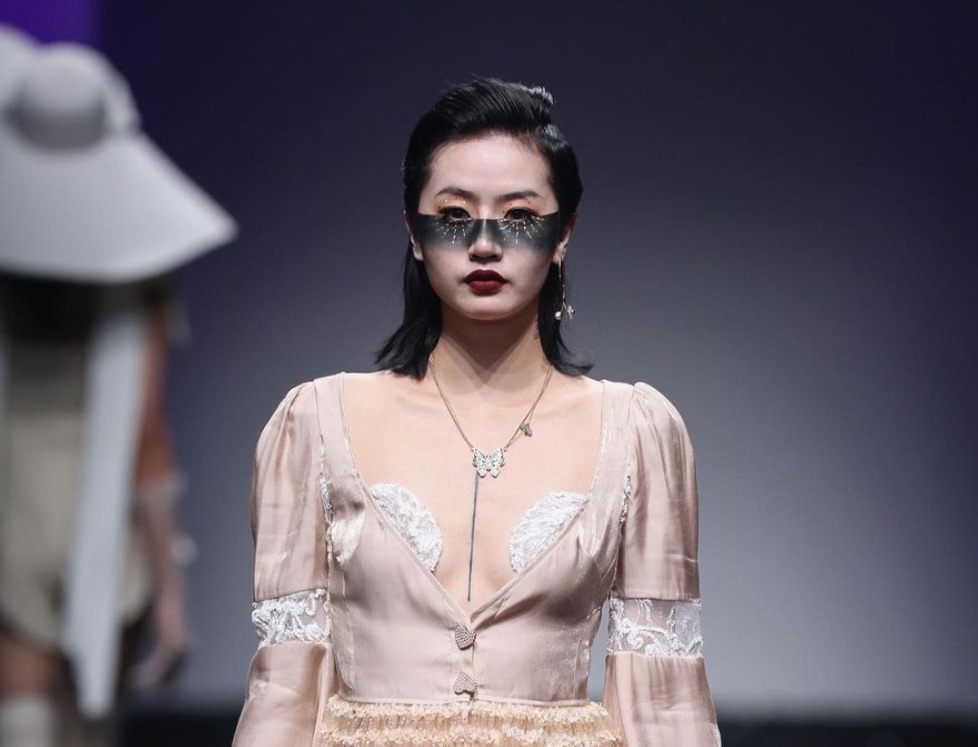
After capturing and challenging modish minds around the world with its first purely digital Fashion Week in partnership with Alibaba Tmall last March, Shanghai Fashion Week (SFW) is now gearing up to make a full physical comeback, with more than 90 shows filling out the runway in Spring/Summer 2021 (SS21) style.
This Week will illustrate the accelerating and increasing importance of China in the fashion industry. SFW boasts on its billboards some of the biggest names and red hot must-sees in the business.
So what is the hype all about? You ask, we serve.
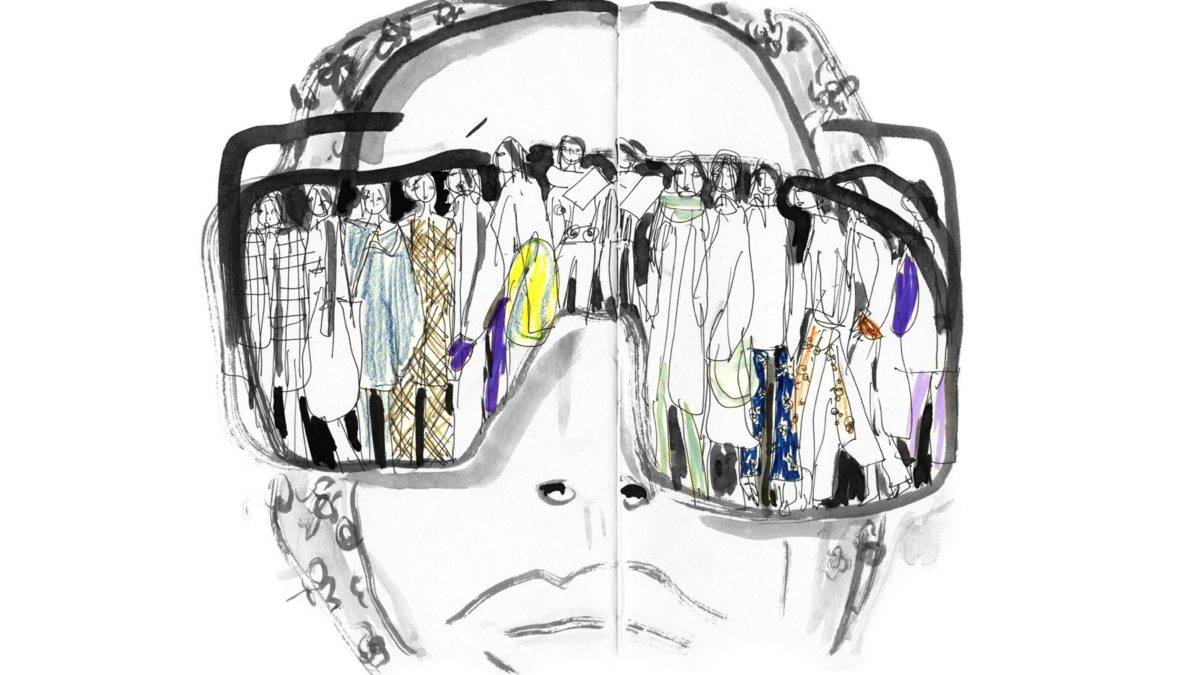
The China fashion aficionado’s amuse-bouche
Born in 2001, Shanghai Fashion Week takes over Shanghai’s central Xintiandi stage twice a year, with each round of showcases lasting at least a week. Today, SFW highlights China’s hottest domestic labels and slices of sustainable fashion, and tops it off with a zest of global couture. In sum, SFW has found its calling card by supporting local brands while keeping an eye on global trends.
The rise of SFW shows how China’s place in the industry has undergone a pivotal shift over the past seven to 10 years. A large portion of this success stems from the brilliant idea to partner up with China Fashion incubator Labelhood, which creates a safe haven within SFW focusing entirely on younger emerging labels.
One of the event’s goals is also to create business-to-business platforms and impact the Chinese retail market. More than 1,000 local brands present at seasonal trade shows and showrooms, whipping up a one-of-a-kind trending and trendy ecosystem.
The powerful combination of the SFW main stage event Xintiandi and its satellite servings has created the base for a roaring new Fashion Week reality — rather unlike that of the Big “New York, London, Milan, Paris” Four — that also includes livestreaming in order to appeal to China’s lucrative youth market.
“What I feel during SFW is that there are more and more chances for Chinese designers to show off their creative abilities,” fashion illustrator Yvan Deng said. “Take Labelhood, for example, where every new season comes with new brands. Some of their young designers are consequently invited to present their collections inside the Xintiandi tents as well, gaining much larger exposure, whereas other designers get invited to show their collections in Milan, Paris, New York, and so on. I can feel that [during SFW] there are huge opportunities for the young [designer] talents of China.”

Side servings: Showrooms and trade shows
First things first: A showroom is a company that sells brands to buyers wholesale. A trade show is like a showroom, but a lot bigger. However, at trade shows, brands mostly send over their own representatives to attend and sell their merch, as opposed to the showroom’s, which employs salespeople to sell the labels they represent.
Notably, in addition to the rapid growth of SFW satellite events, China’s fashion-buying ecosystem is also evolving. Yet it wasn’t until 2014 that a new breed of showrooms rose to the attention of China’s key fashion industry leaders, the SFW powers-that-be included. The arrival of such showrooms was important because they provide a much-needed wholesale outlet, but also because they serve as evidence that the Chinese fashion industry is becoming more diverse, and integrated.
One wonders, where are fashion buyers doing business during the Week?


Tangy morsels of Fashion Week trade
Meimei Ding (丁乃云 Dīng Nǎiyún), CEO of Danube Fashion Office (DFO) International, one of the earliest overseas showrooms to be introduced to the Chinese market, told us, “Trade shows and key showrooms are representative of China’s fashion scene, definitely. Although most of the brands shown at SFW — except for a few that are doing shows at Xintiandi — are independent brands without extensive retail presence, their weight is not to be undermined as they are supported by hundreds, if not thousands, of retailers across the country.”
In the Roaring Twenties 2.0, the showroom itself possesses a style and brand identity of its own, and from the myriad young, new “show-off” sprouts, we have picked the must-knows, the key players:
- Mode, the official SFW trade show, hosts more than 500 brands from China, Japan, Italy, France, and beyond.
- The OG showroom, a.k.a. DFO Showroom, located inside The Bund Finance Center, presents an impressive lineup of cutting-edge Chinese designers and brands, such as Cynthia & Xiao and SANKUANZ, and internationally acclaimed names.
- Not Showroom and Tube Showroom host some of the most innovative Western-trained young brands, resulting in a must-stop for international press and buyers.
- Special shout-out to Labelhood, China Fashion incubator, official SFW partner, and its “Lab Showroom,” your one-stop-shop for the most palatable Chinese labels and upcoming talents. Labelhood in October 2020 celebrates its 10th-season anniversary. Design du decade, indeed.
- Wrap it up at Ontimeshow, the largest trade show of all. This one on average receives more than 15,000 visitors each SFW to check out 250 brands at the West Bund Art Center venue, opposite to Centre Pompidou Shanghai.
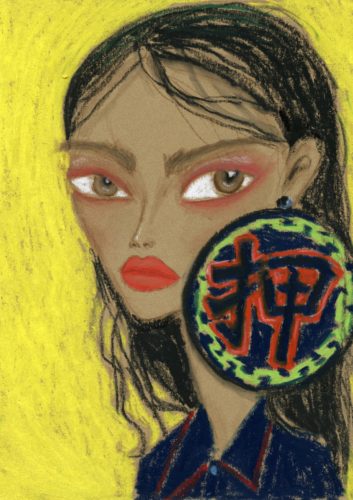
The taste for trade is clear from the business viewpoint, but what’s in it for the participating brands? “While doing shows is really important, it’s also very costly and a bit stressful, and for us we wanted to take a break and think about a different approach moving forward,” said Kain Picken, one half of the Shanghai-based FFIXXED Studios designer duo. “This season, we will have an exhibition at NOT showroom to coincide with our collection. Even before the COVID situation, many designers internationally have been looking at new ways to present collections outside of the more traditional format of a runway show, and while runway shows totally work for some brands, I guess we will see more and more designers in SFW exploring different ways of presenting their collections.”
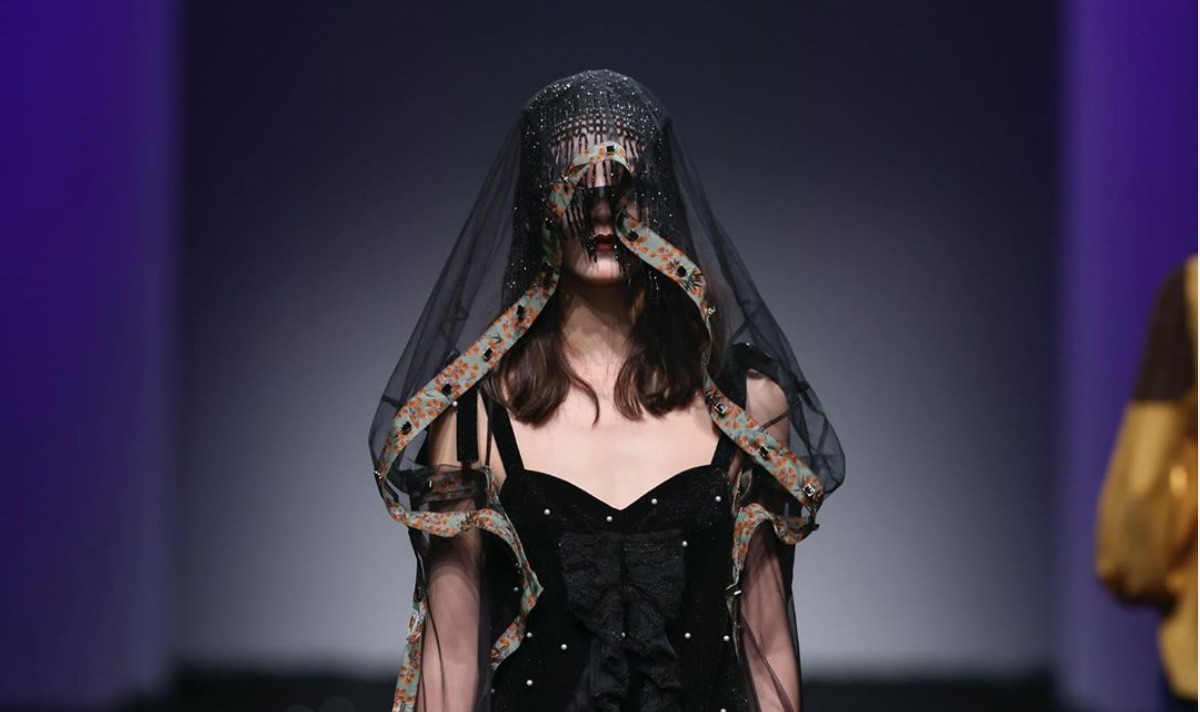
SFW Says, “Eat Your Greens!”: An evolving awareness of sustainability
Even in China — a country known for its insatiable appetite for “more” — the consumer mood is changing, and it all starts with education. And even during Fashion Week, where audiences are more preoccupied with joining the front row (or “FROW,” a little in-vogue jargon for you right there) than breaking down the city’s AQI rankings, sustainability sizzles on the agenda, and has since 2018.
The fashion industry to date is the world’s second biggest polluter. And in China, a world hub for both manufacturing and consumption, there is no escaping the industry’s ecological damage. But in the space of just a season or two, the momentum has really picked up with fashion companies, industry stakeholders, and consumers alike adjusting narratives and patterns toward a more balanced environmental sustainability. A collective consciousness has emerged. And what is SFW specifically throwing into the mix?
Inviting speakers, leaders, and innovators in the field since 2015, SFW has been upping the sustainable stakes by informing invitees on the fashion emergencies at hand and calling for more thoughtful designer action. The committee for the SS21 shows has brought together textile suppliers to showcase their latest sustainable materials inside Ulio Space, every material girl’s dream expo. The goal is to inspire and encourage Chinese brands and designers to incorporate these into their designs.
Shaway Yeh, China’s leading sustainability advocate, editor and curator, will once again host her Sham Future Forum online from October 13 to 15, with her guests discussing topics which tap into the value of design, digitalization, the circular economy, as well as the new frontiers of fashion and biological technology.
Last, but not least, for SS21, Ontimeshow will host a two-day forum focusing on sustainable fashion with sustainable production and consumption consulting firm Greenext, and partner with the digital wholesale platform Joor to take the whole shebang online.
SFW hearts its green juice.


Forerunners of the future? The digital digest
SFW in March 2020 took an Alibaba Tmall spin for its Autumn/Winter 2020 presentation, broadcasting a seven-day online event via Tmall’s virtual shopping rooms. This digital Fashion Week, executed under extreme circumstances, was a swift response to an unprecedented crisis.
Increased views, sales, and innovative branding exercises followed — this online event meant business, and led to increased exposure for just about everyone. Given the overall reach of over 711 million active users, brand viewing figures increased massively in the most all-encompassing “see now, buy now” demonstration from a Fashion Week to date. A new take on the traditional industry format, the Week’s main impetus was simple: to ensure all the designers and brands who call Shanghai “home” had a voice.
And that voice will once again be heard across the white tents adorning Xintiandi from October 8 to 18. With more than 90 shows on the menu, reverting to physical catwalks will give the local industry a boost of confidence and help the market recover from COVID-19 disturbances. But SFW will continue its digital collaborations with Tmall, and rebrand the online showcase as a part of the Tmall Fashion Festival.
On the Xintiandi runway, Chinese labels already boasting international accolades, such as Shushu/Tong, Yuhan Wang, and 8on8, will debut their SS21 collections alongside locally beloved labels including Mukzin, Windowsen, and Urban Revivo.
One highlight for this author will surely be China Fashion trailblazer Uma Wang’s first collaboration with China’s well-known underwear-maker Threegun (founded in 1937). With the idea that underwear shouldn’t only be worn underneath clothes, Wang studied the brand’s archive and used Threegun’s innovative breathable fabric made from wormwood in the capsule. Food for future fashion thought, indeed.


SFW is back, with a physical vengeance. Stay tuned.
